Design Dilemma: Going Pastel
When we see color being used in home decor, we see pastel hues — soft blues, pinks and yellow — far less than we see bold primaries or deep autumnal colors. And it’s a shame, because using pastels at home is a real opportunity. Pastels feel airy and fresh. They soothe. Because they are used so infrequently, they can feel very modern. And yet, at the same time, they harken back to an era (the 1950s) when pastels were all the rage. We say, let’s have fun with pastels at home!
What we love about the room above and below, is the use of pastels (the couch and lampshades) with bold red and a big fat blast of black. Mixing pastels with bolder, dramatic colors gives the room an edge and point of view it would not otherwise have. It feels hip and playful.
The same principle is work in the children’s playroom, where a bright canary yellow pendant lamp acts as an exclamation point to the luscious pink floors. Note that pattern is used in both rooms, in the form of wall paper and murals.
The same principle of bold clashing color works particularly well here:
The dining room below has fun with pastel chairs — each painted in a different easter egg color.
Below, soft blues and lavenders are used in the more typical way, to create a restful and tranquil bedroom.
In the living room below, color blocking pastels suggests a modern and beachy feel. Think Miami.
Pastels in the kitchen have long been a hit. One easy way to introduce pastels into your home is to opt for a pastel retro fridge, which will instantly glam up your kitchen.
And here:
Of course, there is no need to restrict yourself to just the fridge. There are all sorts of smaller kitchen appliances and furnishings that can offer a pastel touch.
Below, aqua is used in a kitchen in a very modern, dramatic way.
So what’s the key to using pastels well?
- Realize that they don’t have to be cutesy or feminine. Add touches of black or a primary color to keep things fresh.
- Create drama by using just one pastel accent. That might be a retro fridge, a kitchen island, or a pastel couch.
- Pair a pastel with gray when you’d like a space to feel modern and anchored.
- Consider using a very pale pastel as a neutral. Instead of beige walls, opt for a soft peach or a pale yellow.
- If you’re afraid of going too pastel, opt for a color that almost borders on gray, such as a lavender or blue with gray undertones.
- Toughen up pastel by using it in conjunction with industrial materials, such as concrete, steel, exposed brick and wood.
Pastels may not be for everyone, but that’s part of the fun!
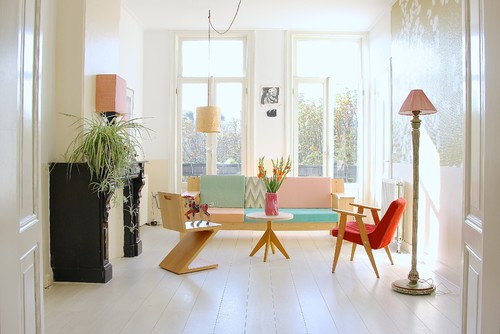

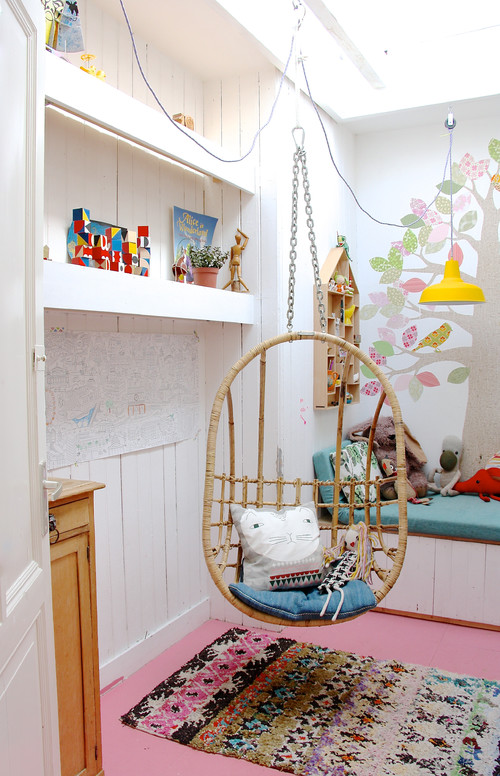
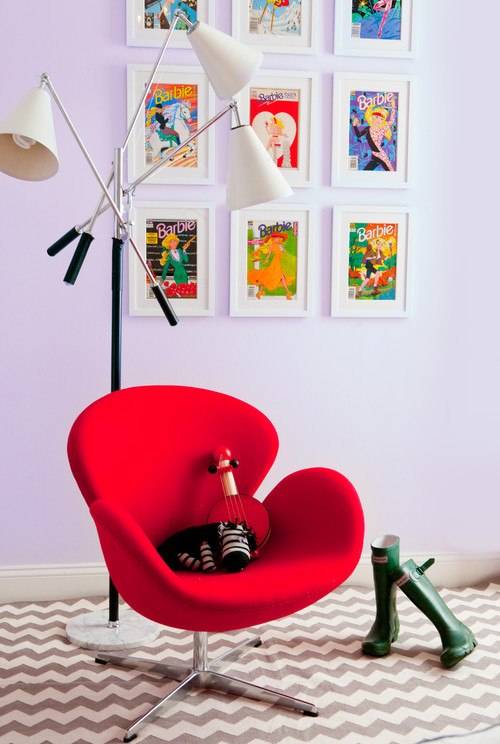
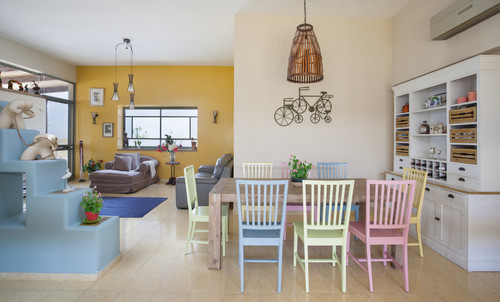
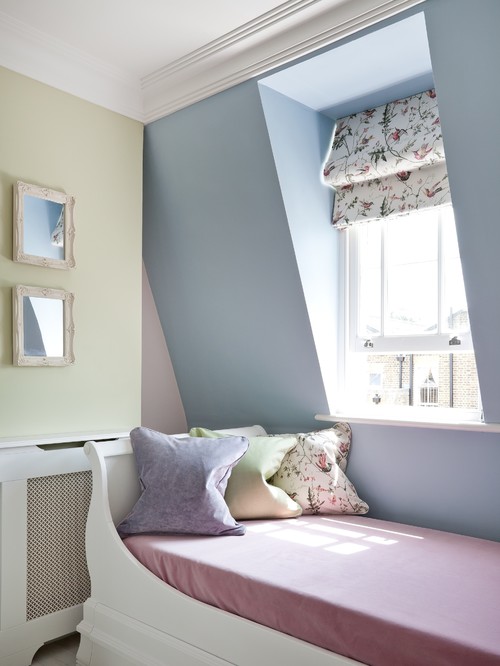

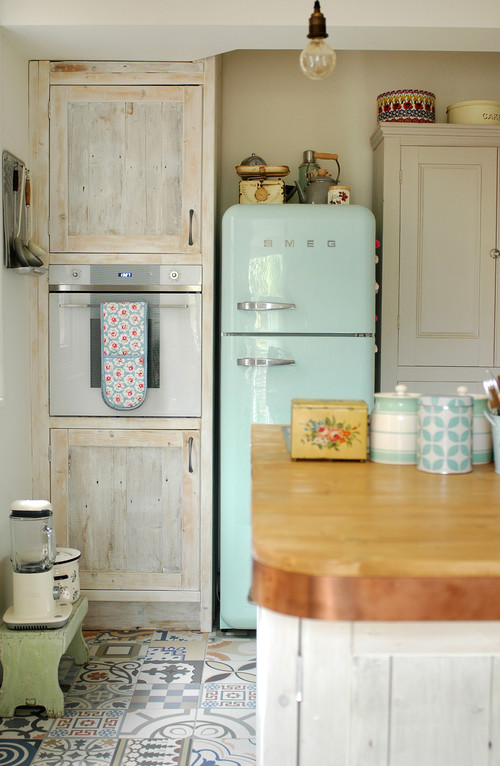

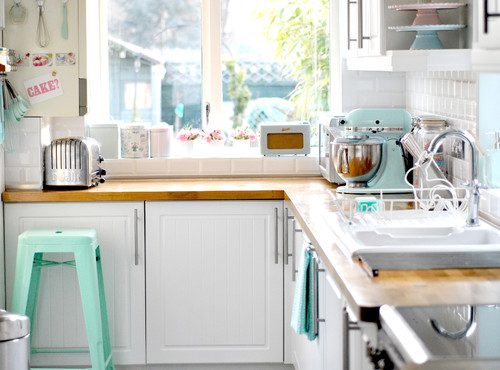

Leave a Comment